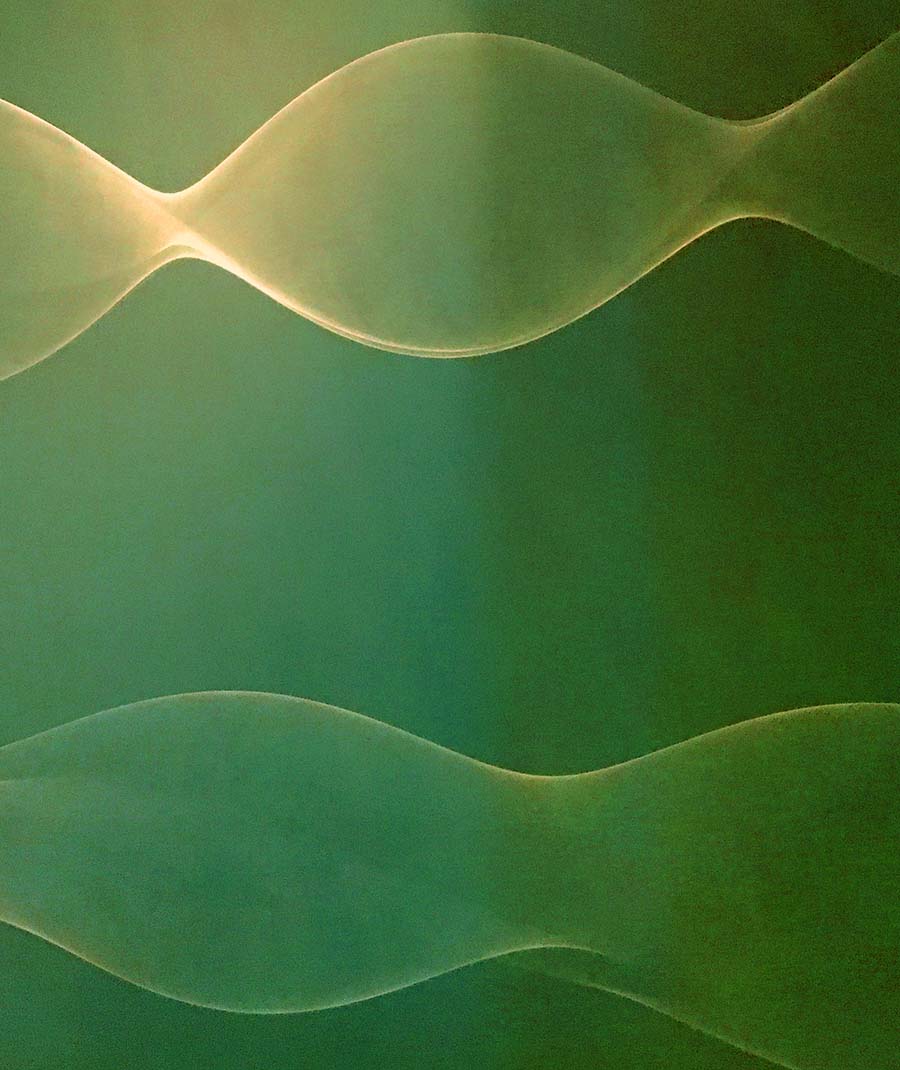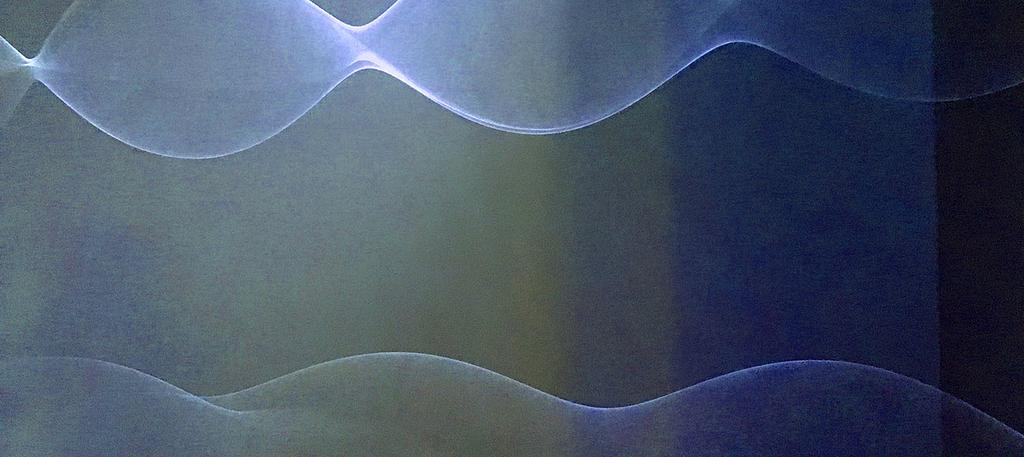Contemporary Material and Technological Culture

This research examines how post-digital design and emerging technologies are reshaping the architectural soundscape, exploring the cultural and sensory implications of the Fourth Industrial Revolution on built environments.

Summary
Rooted in R. Murray Schafer’s seminal work on soundscapes, this research examines how the fourth industrial revolution—through robotics, AI, biotechnology, and innovative materials—is transforming our acoustic environments. As architecture enters a post-digital phase, the shift from bits to neurons influences not only how we design spaces, but also how those spaces sound and feel. The project explores the relationship between design processes and the sonic dimension of architecture, questioning whether we passively inhabit these evolving soundscapes or actively compose them. It aims to rethink the acoustic ecology of contemporary architecture through speculative, interdisciplinary research.
